Understanding the Concept of Mind Mapping
Mind mapping, at its core, is a creative and logical means of note-taking that literally "maps out" your ideas. It provides a framework for organizing complex information in an easy-to-understand, visual format. With mind mapping, ideas are connected directly to the central concept, and other ideas branch out from there, creating a radiant structure that mirrors the brain's natural pattern of associative thinking.
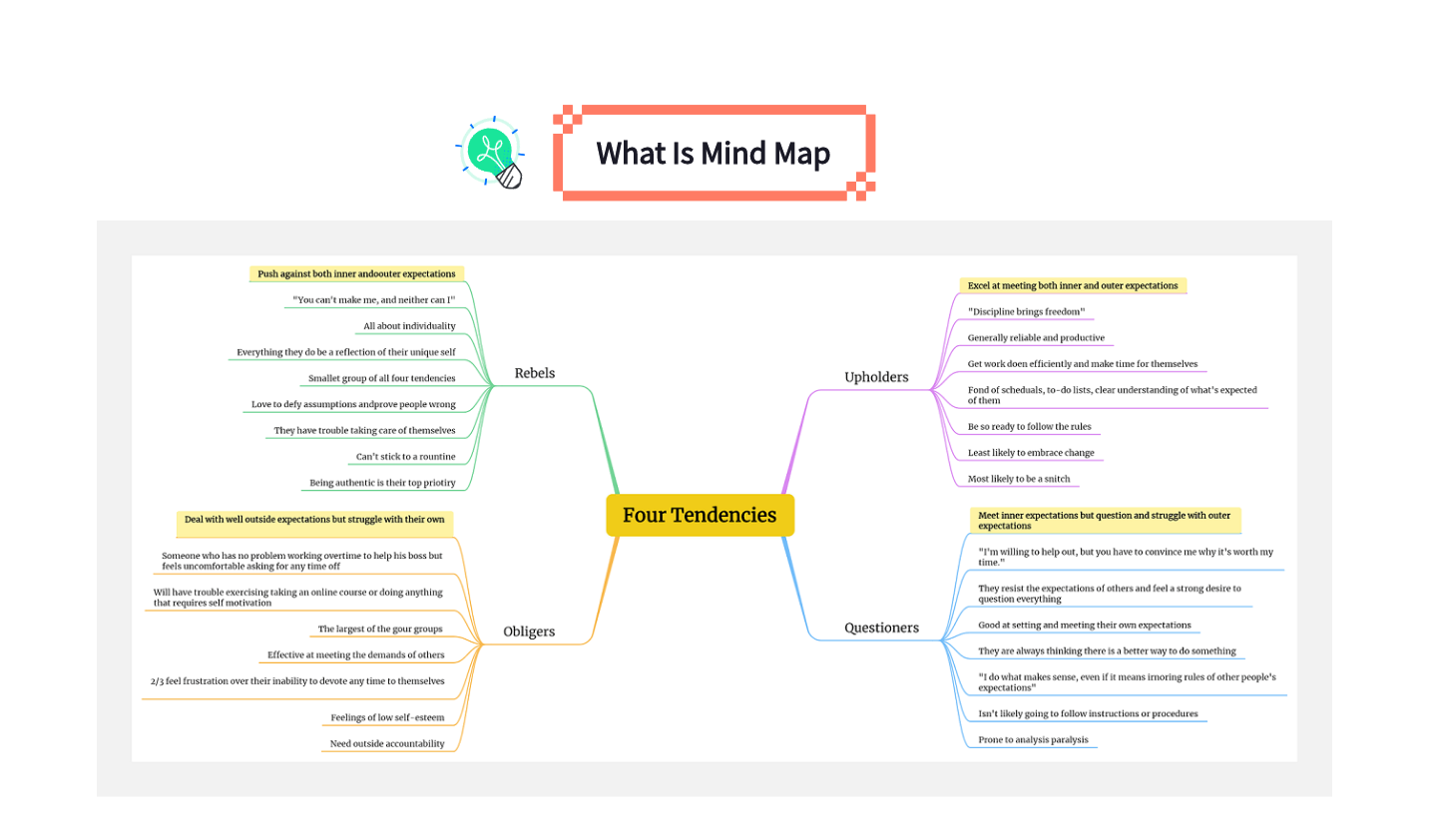
Benefits of Creating a Mind Map
Creating a mind map isn't just about simplifying complex ideas; it also boosts organization and creativity. Here are some key benefits:
- Improved Organization: Mind maps break down large chunks of data into smaller, manageable segments. This hierarchical structure aids in organizing thoughts and improving clarity.
- Enhanced Creativity: Mind maps engage both analytical and artistic parts of the brain, thereby increasing creative thinking. They serve as a canvas for freely exploring ideas without constraints.
- Increased Comprehension: The visual nature of mind maps enhances understanding by displaying the relationships between different topics, facilitating better problem-solving and decision-making.
- Higher Efficiency: Mind maps streamline project planning and brainstorming sessions by capturing thoughts quickly and easily, thereby increasing productivity and efficiency.
Components of a Good Mind Map
Identifying the Essential Elements of a Mind Map
All effective mind maps share certain essential elements:
- Central Idea: This is the core idea or theme around which the entire map is built. It is usually placed in the center of the map to denote its significance.
- Branches: Branches extend from the central idea and represent sub-topics or related ideas.
- Keywords: These are used to denote important points or concepts within the branches.
- Colors and Images: Colors help differentiate and group ideas while images act as visual aids to enhance memory and comprehension.
- Associations: These are lines or arrows that show the relationship between different ideas or points.
Understanding the Structure and Flow of a Mind Map
A well-structured mind map will naturally flow from the central node to its branches, depicting relationships and hierarchy between different nodes. The visual nature of the mind map helps in understanding the flow of ideas intuitively.
Each branch should ideally start with a keyword that encapsulates an important concept or idea related to the main topic. From this keyword, related ideas or sub-topics should radiate outward, with color-coding used to highlight different branches or group related concepts together.
In conclusion, mind mapping is a powerful tool for visually organizing thoughts, ideas, and information. It engages both hemispheres of our brains, thereby improving creativity, comprehension, and memory retention.
How to Create a Mind Map: Step-by-Step Process
A mind map can be a powerful tool for synthesizing and organizing information. With a few simple steps, you can transform a confusing array of thoughts into a clear, visual diagram.
General Process of Creating a Mind Map
Identify Your Central Idea
Start by identifying the main concept or theme. This central idea will serve as the root of your mind map and everything else will branch out from it.
Add Main Branches
Draw lines branching out from the central idea. Each branch should represent a major subtopic related to your main idea. Label each branch with a keyword.
Add Sub-branches
From each main branch, draw additional lines representing more specific points or ideas. Label each of these "sub-branches" with a keyword.
Incorporate Visual Elements
Use different colors, symbols, or images for different branches. These visual elements can help to differentiate ideas and improve memory recall.
Review and Refine Your Map
Look over your mind map to check for any errors or areas of improvement. Make necessary revisions until you are satisfied with the result.
How to Create a Mind Map Using Boardmix
Mind mapping is a powerful brainstorming tool that allows you to visually represent and connect complex ideas. While there are various ways to create a mind map, using a dedicated software like Boardmix can make the process easier and more efficient.
Boardmix is a versatile, user-friendly platform for creating dynamic, interactive mind maps. It's an intuitive digital tool designed to help users brainstorm ideas, visualize thought processes, and collaborate in real-time. With Boardmix, you can create comprehensive mind maps that include text, images, and colors. Its easy-to-use interface and powerful features make it a preferred choice for businesses, educators, and students alike.

Creating a mind map in Boardmix involves a few simple steps:
Step 1: Open Boardmix
Begin by logging into your Boardmix account. If you don't have one, create a new account.

Step 2: Start a New Board
Once you're logged in, click on "New board" on the dashboard, then you’ll see an infinite canvas, on which you can create anything you want.

Step 3: Identify Your Central Idea
Click on the mind map icon on the left panel, choose a style you like to add the central node. This node will represent the main idea or topic of your mind map. Type in your main concept.
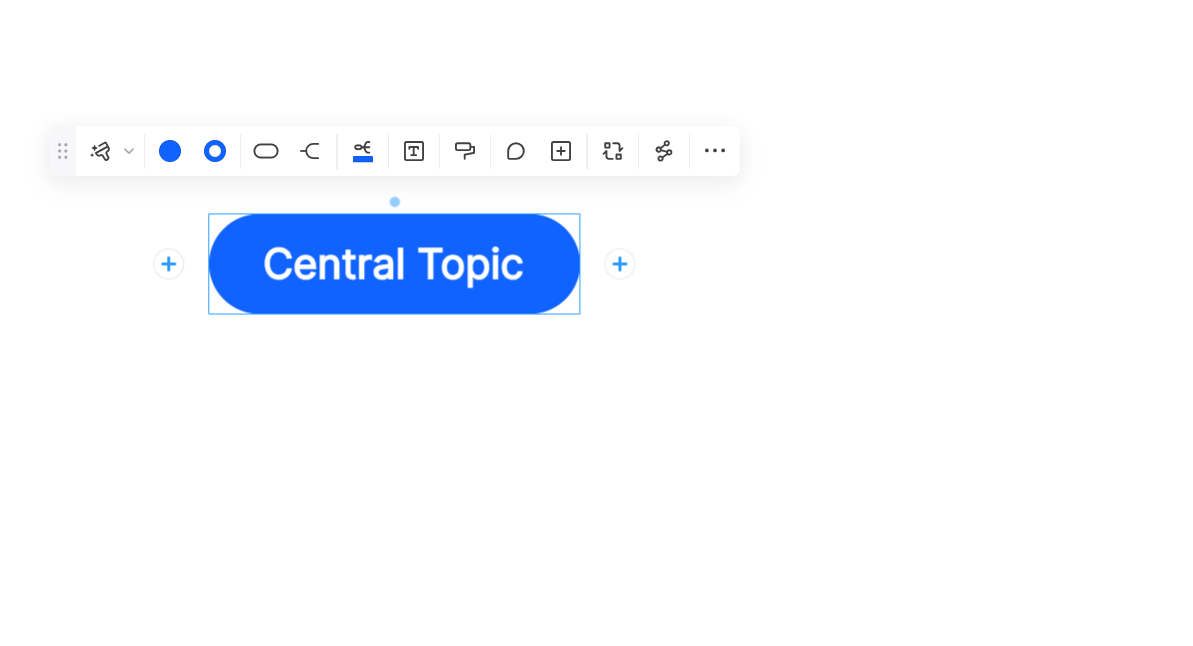
Step 4: Add Branches to Your Mind Map
Next, add branches to your central idea. These branches will represent major subtopics related to your main idea. To add a branch, select the central node, then click on the plus symbol that appears beside it. Type in the subtopic on each branch.
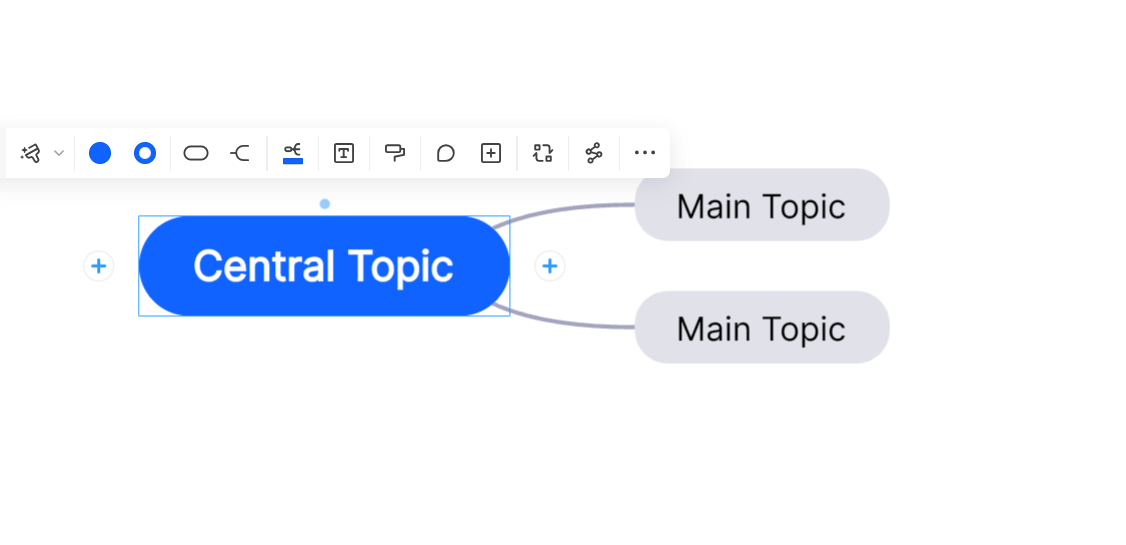
Step 5: Add Sub-branches
Similarly, you can add sub-branches or child nodes that represent more specific points related to each branch. Select a branch and click the plus symbol to add a sub-branch.
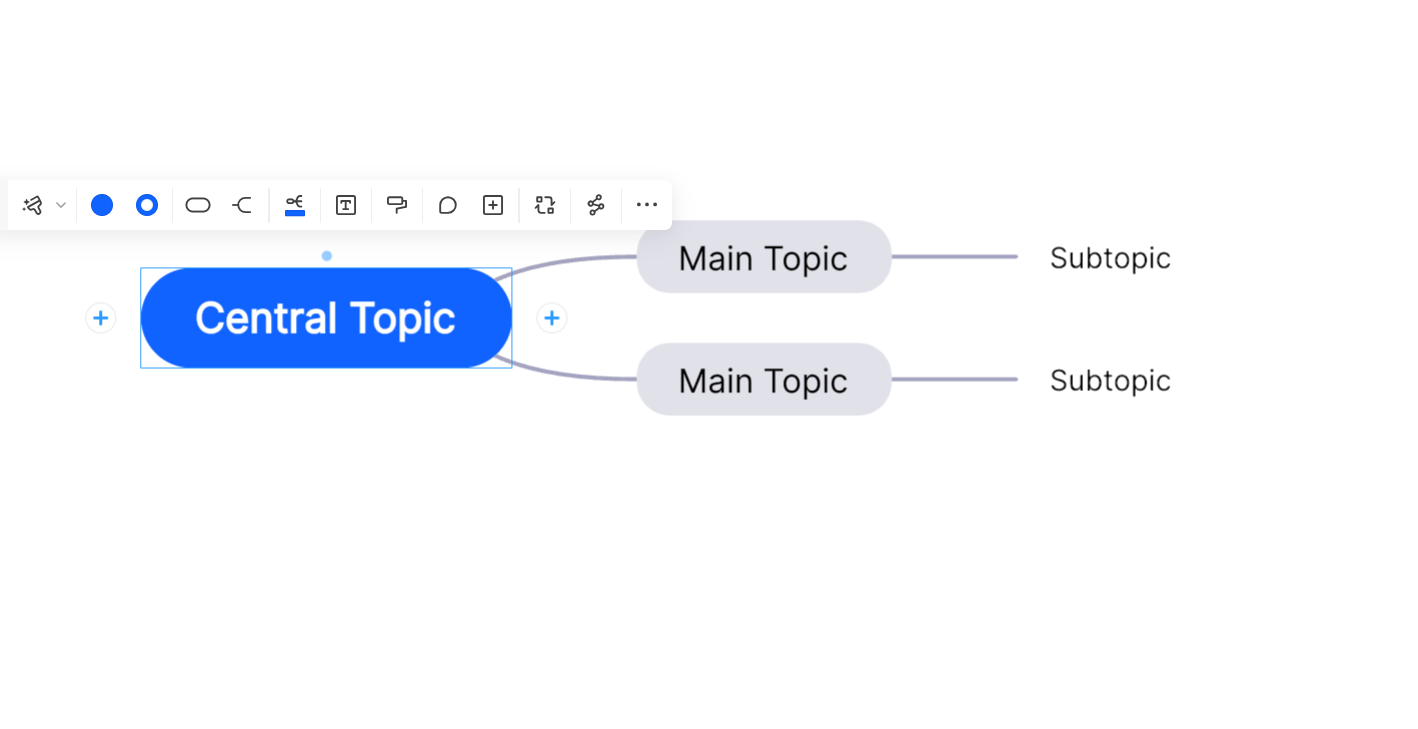
Step 6: Customize Your Map
Boardmix allows you to customize your mind map to suit your preferences. You can use different colors, fonts, and images to differentiate between ideas. You can also reposition nodes and branches as needed.

Step 7: Share Your Mind Map
Boardmix also gives you the option to share your finished mind map with others via email or a shareable link. In this way, you can work together with other stakeholders and brainstorm together for better ideas.

Using Boardmix, you can create comprehensive mind maps that help organize information visually, improve recall, and generate new ideas. With its intuitive interface and robust features, mind mapping becomes an enjoyable and fruitful process.
Practical Examples and Applications of Mind Maps
Example 1. Mind Map of Leonardo da Vinci
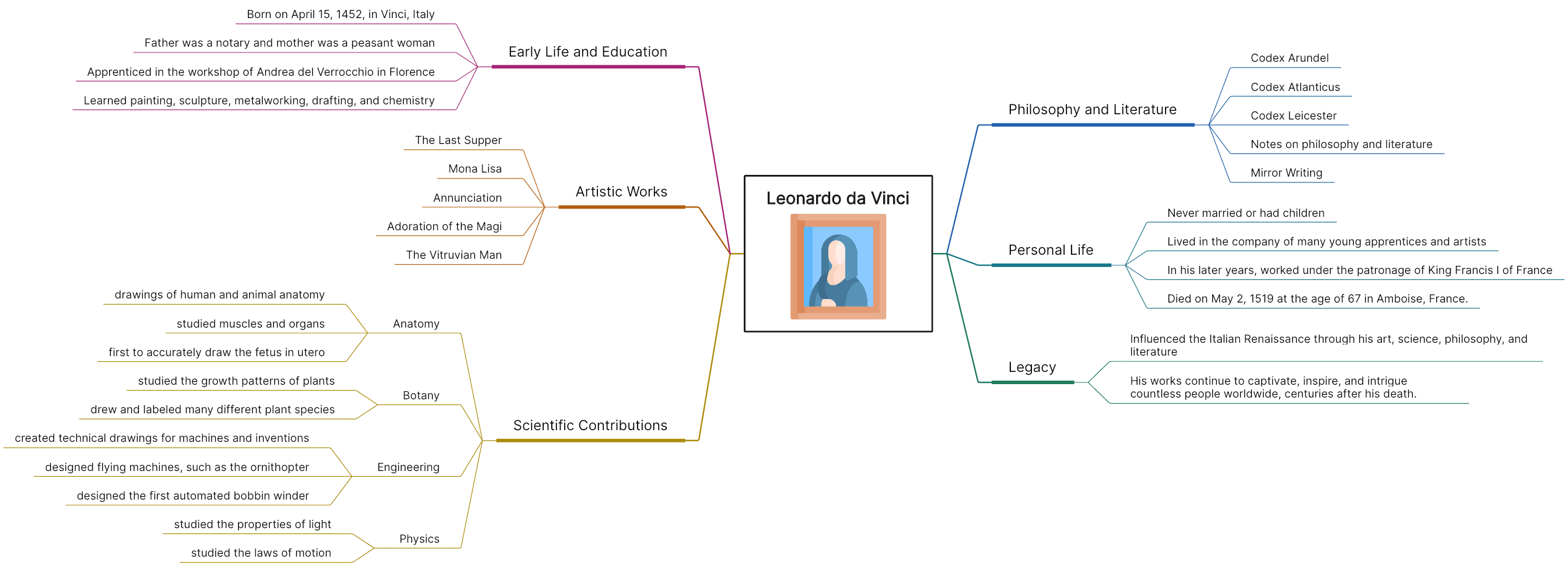
Example 2. Mind Map of Western Music Mind Map
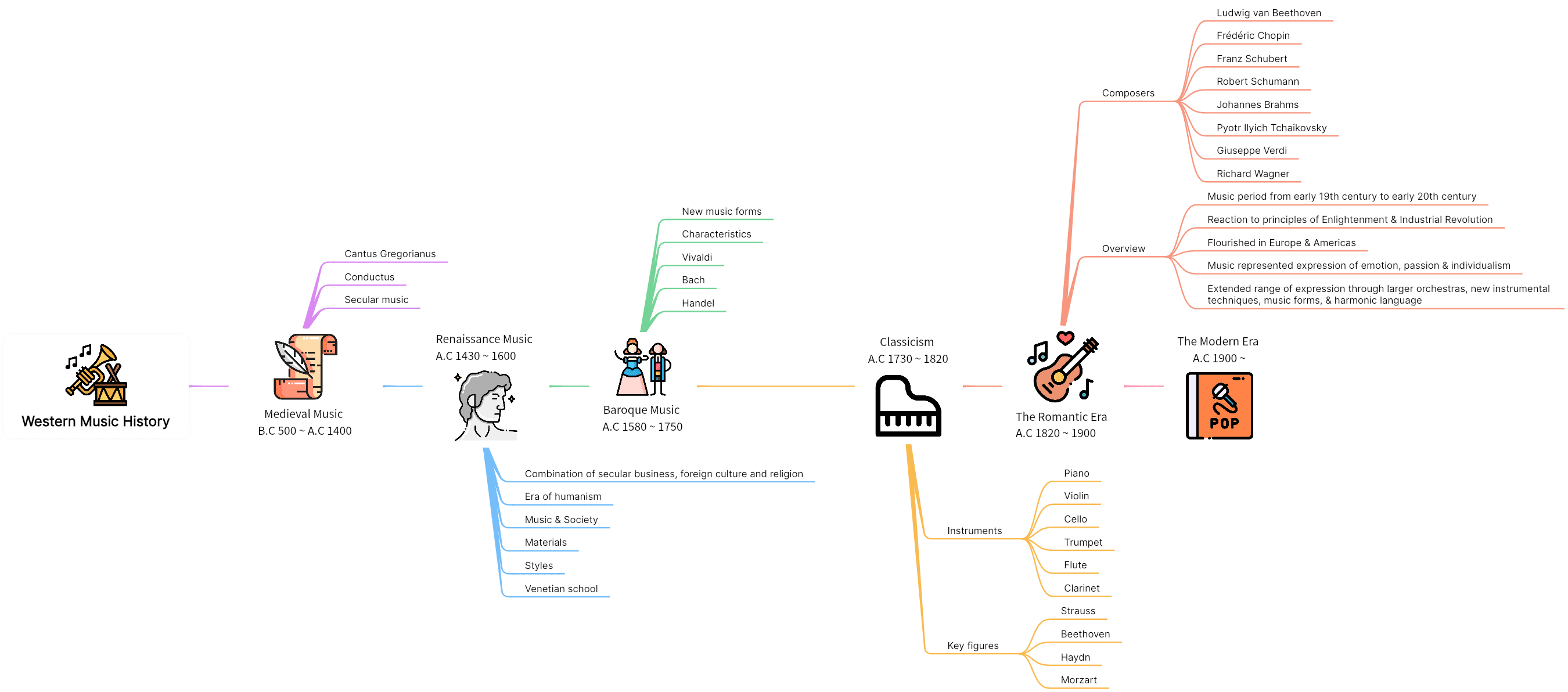
Example 3. Mind Map of Oral Communication

Example 4. Mind Map of Time Management Strategy

Example 5. Mind Map of Career Goals
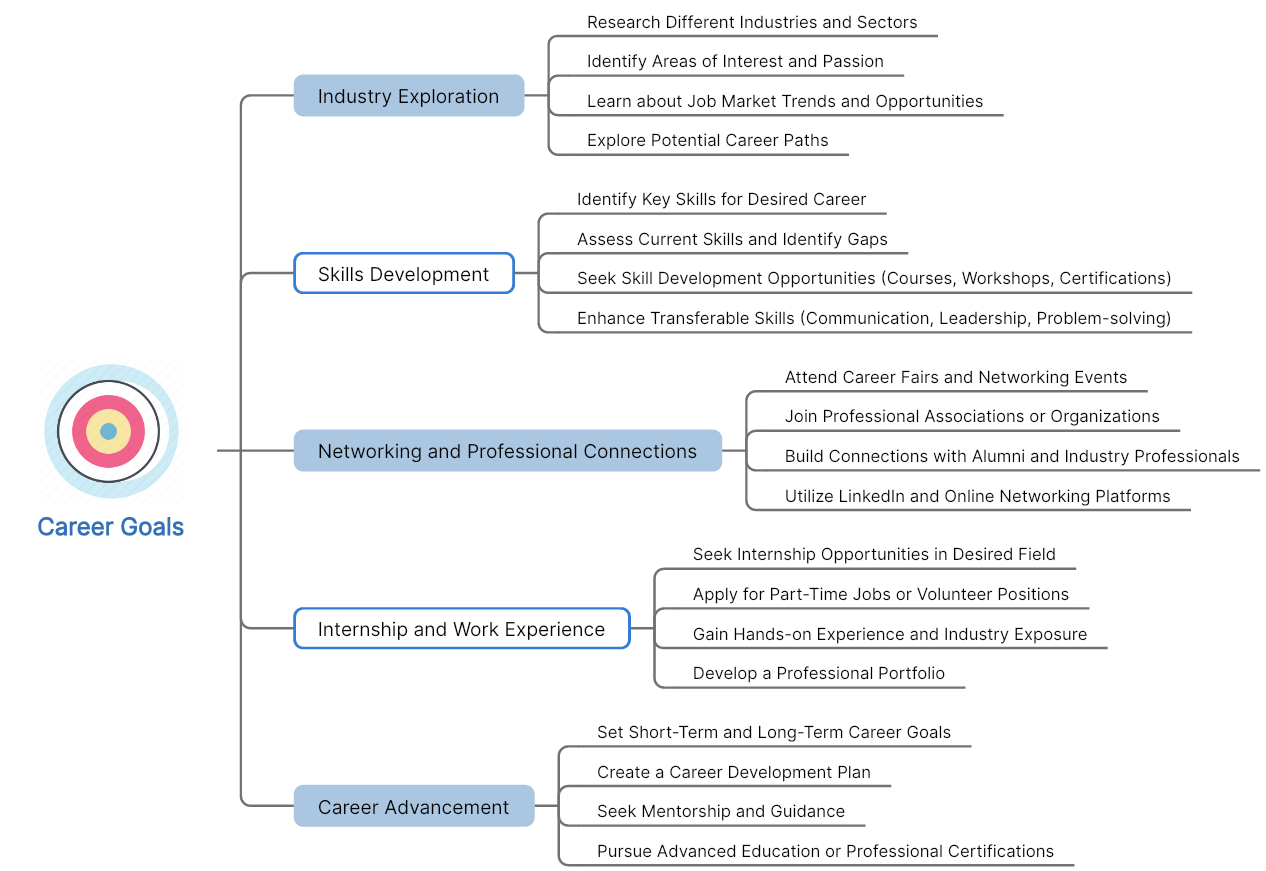
Tips for Taking Your Mind Maps to the Next Level
Mind mapping is a versatile tool that can unlock creativity, enhance memory, and streamline problem-solving. But like any tool, its effectiveness hinges on how well you wield it. Below are some tips that can help you take your mind maps to the next level:
- Start with a Central Image
Images are processed more efficiently by the brain than words. Start your mind map with a central image that represents the core idea, it's visually stimulating and sets the stage for more creative thinking.
- Use Colors Liberally
Colors not only make your mind map more engaging but also group information, enhance recall, and stimulate creative thinking. Assign different colors to different branches or topics for visual segregation.
- Branch Out Logically
The structure of your mind map should reflect the natural flow of the subject matter. Main branches should stem directly from the central idea, with sub-branches for specific details.
- Limit Each Branch to One Keyword or Idea
Cluttering a branch with multiple ideas or lengthy sentences can make your mind map confusing. Instead, distill each point down to a single keyword or phrase.
- Use Images and Symbols
Images and symbols can convey complex ideas quickly and effectively, saving space on your mind map and aiding recall.
- Prioritize and Sequence Information
Just like reading a book, a mind map also has its narrative. Arrange branches so they form a logical sequence or show priorities.
- Make Your Mind Map Interactive
If you're using a digital mind mapping tool, utilize features such as hyperlinks, attachments, or comments to add depth to your map.
- Collaborate with Others
Mind maps can be valuable collaborative tools. Working with others can add a fresh perspective, stimulate new ideas, and create a more comprehensive picture of the topic.
- Regularly Review and Update Your Map
A mind map is not a static entity - it should evolve as your understanding of the topic grows. Regularly review and update your map to ensure it remains relevant.
- Practice Regularly
Like any other skill, your proficiency at mind mapping will improve with regular practice. Try incorporating it into different aspects of your life - work projects, personal goals, learning new subjects, etc.
These tips can elevate the effectiveness of your mind maps and open up new avenues for creativity, problem-solving, and learning. No matter if you want to create a mind map by yourself or using tools like Boardmix, these tips can help a lot.













